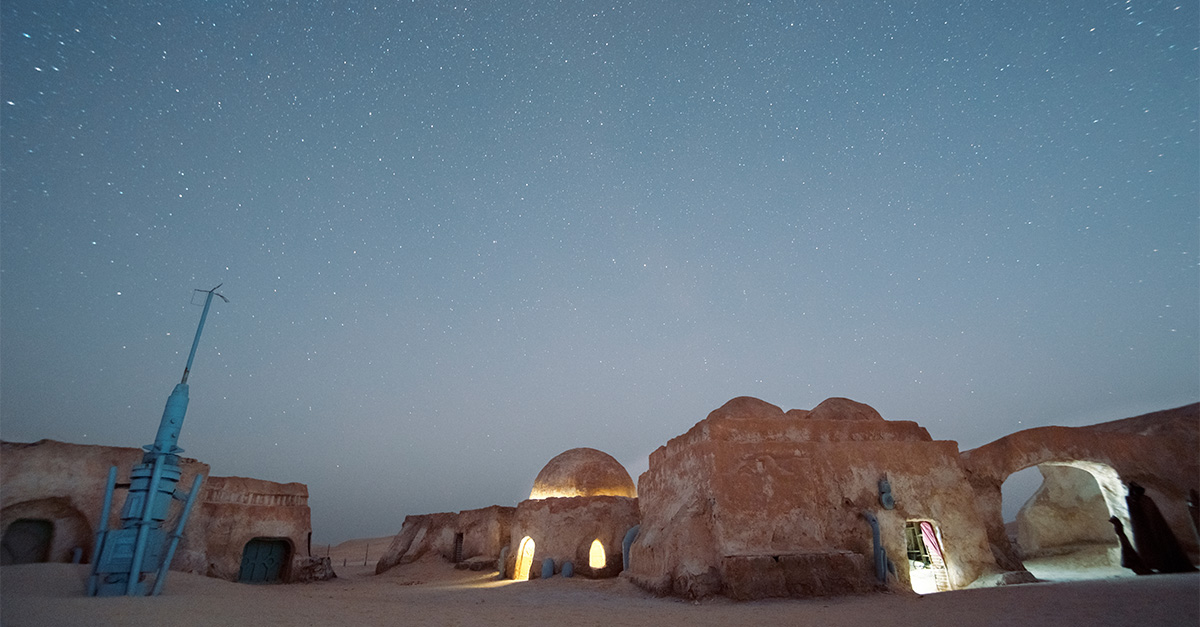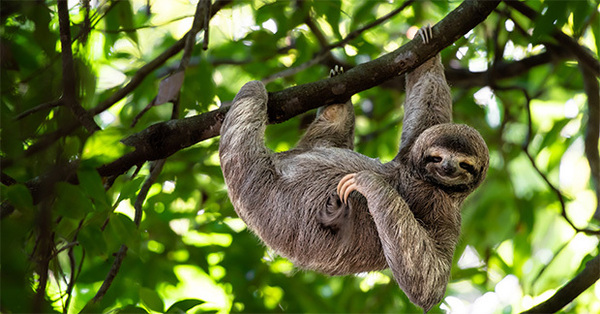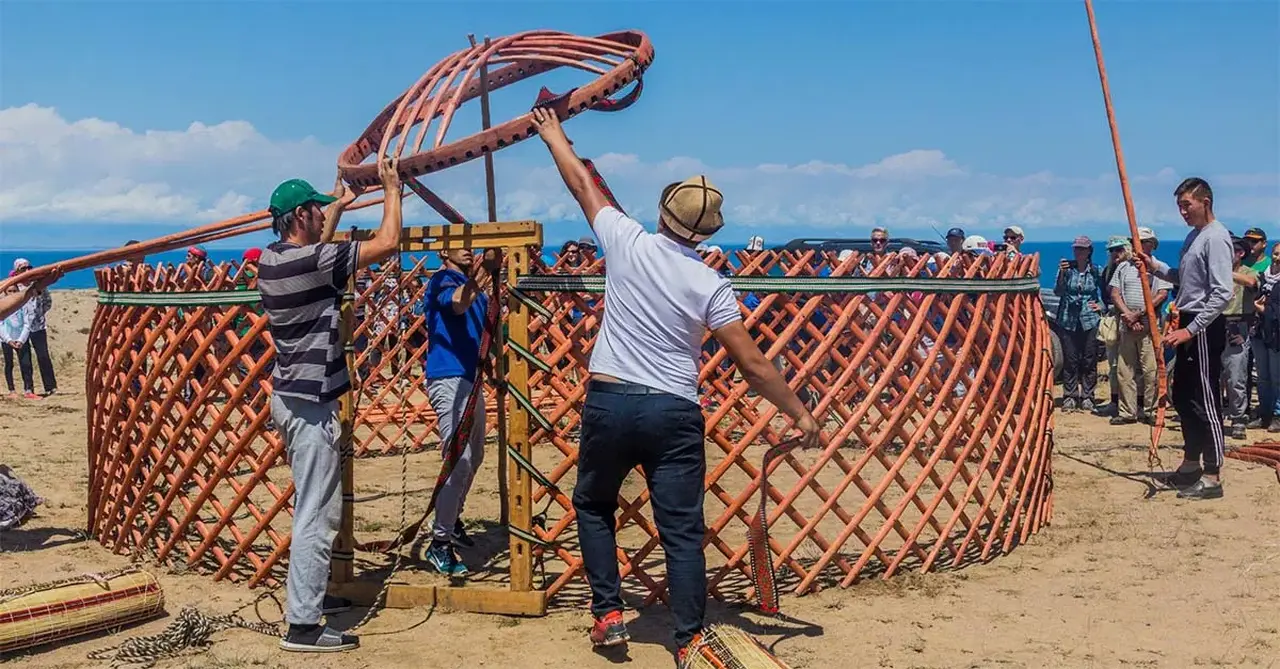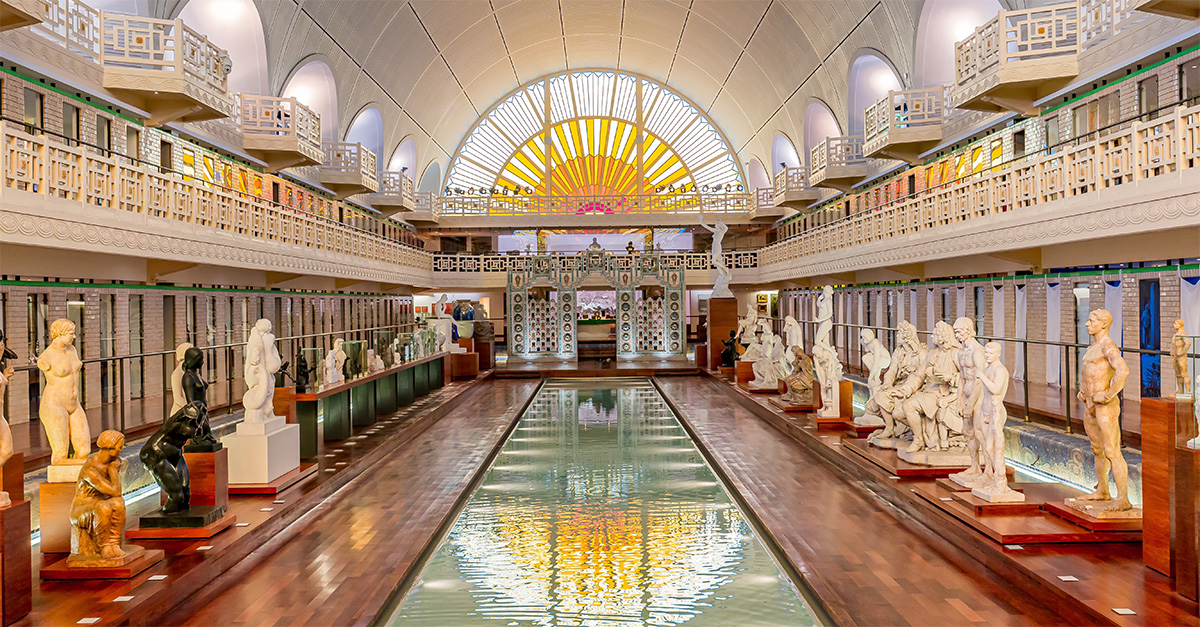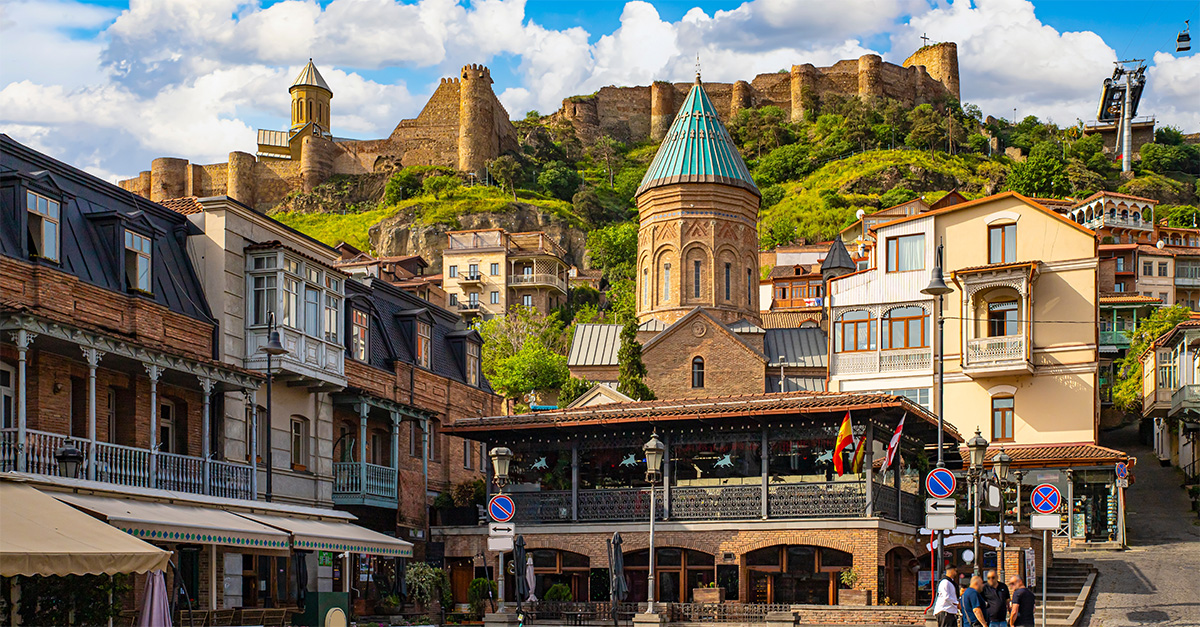You are viewing 2 of your 2 free articles
From Star Wars to the Romans – Tunisia’s top escorted tours
There are many different sides to Tunisia. Adam Shaw rounds up some of its best culture-packed touring product
Click here to download and save as a PDF
Where can you see both ancient Roman history and otherworldly desert landscapes that double up as Star Wars filming locations? Tunisia may not be the first place you’d expect, but the country is home to much more besides warm weather and white sandy beaches. And as the country seeks to reboot its tourism industry – it’s eyeing an uplift in flight capacity and a jump in visitor numbers – the tourism board is particularly optimistic about trade bookings in the escorted touring sector.
While visitor numbers in 2022 were just over half of those seen in 2019, Sami Tounsi, trade manager at the Tunisian National Tourist Office, says it is aiming for 160,000 British visitors in 2023. This would represent a jump of 49,000 compared with last year, while talks are ongoing about increasing flight capacity from the UK.
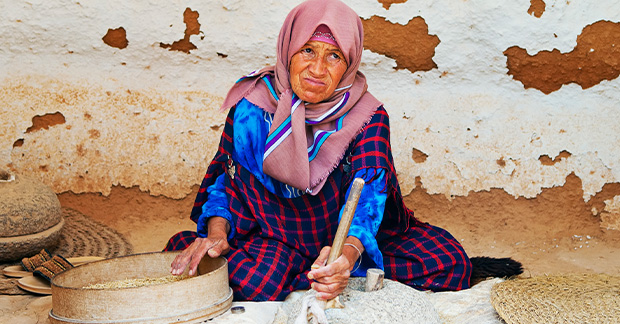
Tounsi told Travel Weekly that the trade remains a vital player when it comes to bookings, with 60% of the overall volume coming through agents. Escorted tours are a great way to secure bookings, and for visitors to see more of the country, he says, adding that he’s pleased to see several operators offering a range of options.
Tunisia’s enchanting history spans Phoenician, Roman, Ottoman, French and Arab periods
Michael Pullman, head of marketing at Wild Frontiers, says: “Tunisia has been through a fairly tumultuous recent history, but it is mostly FCDO-friendly now. It’s a fairly small destination and offers a huge variety beyond what many people know it for, which is its beaches.”
Tunisia’s enchanting history spans Phoenician, Roman, Ottoman, French and Arab periods, among others. Pullman adds: “There’s history in Carthage, Dougga and El Jem; Saharan desert scenery, including the troglodyte dwellings of Tataouine made famous in the Star Wars films; the colourful backstreets and bazaars of Tunis and Kairouan; amazing handicrafts including carpets; the National Museum of Islamic Art; and the pretty coastal towns of Monastir and Sousse.”
Here we highlight three escorted tours that show off Tunisia’s cultural side, from its space opera filming sites to thriving cultural melting-pot spots.
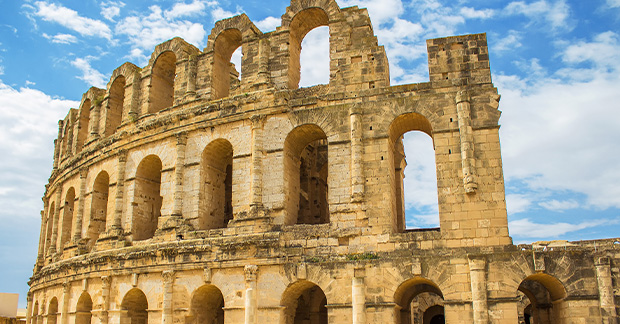
Roman ruins
At just 100 miles away from Sicily, it’s perhaps unsurprising that the conquering Roman Empire made its way into Tunisia. But that’s only part of the story. What was known as the city of Carthage, on the outskirts of modern day Tunis, was one of the leading settlements in Roman Africa and a major Mediterranean trading post.
The Roman era led to a mix of cultural practices that can still be seen today, as well as several stunning examples of classical Roman architecture and colourful artworks that have survived. Expert guide Tony O’Connor, who has been travelling to Tunisia for almost 30 years, says all this can be experienced on an in-depth escorted tour of the country, including on one he leads for Andante Travels.
Tunisian historical attractions are often less crowded than other Roman sites such as Pompeii
Its Carthage & Roman Tunisia tour has been brought back for 2023 and includes visits to the El Jem amphitheatre, Africa’s largest and best-preserved and a genuine rival to Rome’s Colosseum; the Bardo Museum, with its impressive mosaic collection; and the necropolis at Kerkouane.
“The tour will of course suit those with an interest in history or archaeology, but it’s also about giving people the chance to see a side of the country they might not otherwise get,” Tony says. He explains that tours of Tunisian historical attractions are often less crowded than other Roman sites such as Pompeii, while his tour includes visits to less-frequented places such as the ancient city of Mustis and the fortress at Ain Tounga.
“You see these great sites and the great landscapes of the country, but you also see ordinary life going on,” he adds.
Book it: The 10-day Carthage & Roman Tunisia tour with Andante Travels starts at £2,980, including flights from London, meals, accommodation and entry to all sites, departing November 9.
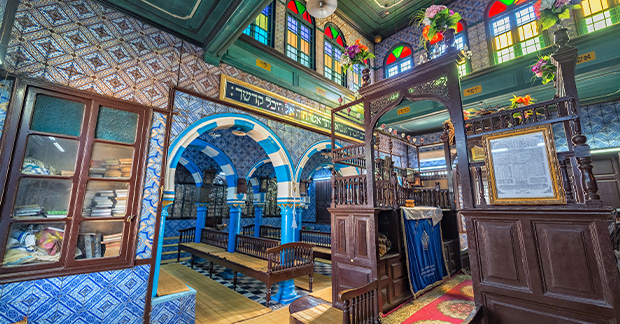
Unique island cultures
Djerba, off Tunisia’s east coast, is the largest island in North Africa, and home to a thriving Jewish community – one of the most prominent in the Arab World. The community has lived there for more than 2,500 years and has its own customs and traditions, while many of the island’s shops still have signs written in Hebrew alongside Arabic or French.
El Ghriba Synagogue, an ornate building featuring shades of blue and gold, is built around an altar stone said to have come from the First Temple in Jerusalem. Responsible Travel’s Djerba Island Holiday tour visits the synagogue, while there is also the opportunity to witness traditional Jewish craftmanship at the nearby Houmt Souk market, alongside Arab and Berber traders.
Many of the island’s shops still have signs written in Hebrew alongside Arabic or French
Markets are a big part of life in Djerba, and the tour includes trips to local artisans’ stalls to learn about pottery and basket-making techniques. And when it comes to food, guests should take advantage of Tunisia’s status as the largest exporter of organic olive oil in the world with a tour of a factory in Djerba, where they will learn about production and get to taste some of the end results.
While Djerba is an enticing destination in its own right, tourists may wish to combine a trip to the island – which is about two hours by air or six hours by train and ferry from Tunis – with stays elsewhere in the country. Tim Williamson, customer director at Responsible Travel, says: “Djerba makes a great extension to an otherwise busy holiday, and a chance to see a different side of Tunisia. Plus, it’s where Star Wars fans can find none other than Obi-Wan Kenobi’s house.”
Book it: A five-day tour of Djerba with Responsible Travel starts at £1,300, including most meals, accommodation and transfers from Djerba airport. Flights are extra.
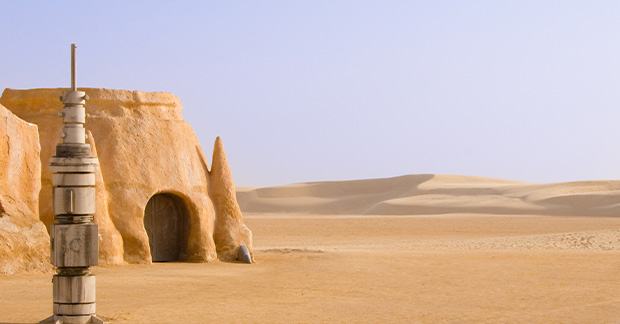
A galaxy far, far away
Speaking of Star Wars, the Tunisian landscape is famed for its starring role as Luke Skywalker’s home planet of Tatooine – named after the city of Tataouine – first seen in the original 1977 film. That iconic scene of the Jedi hero walking out into the red desert with the setting sun in the background in A New Hope?
The place where tiny droid R2-D2 was kidnapped, also in A New Hope? The bustling marketplace and pod-racing arena seen in The Phantom Menace? All were filmed in southern Tunisia. Star Wars buffs are bound to recognise these places in an instant, but even those with just a passing interest in the series will appreciate settings that look as if they come from an intergalactic world.
In Tozeur, visitors pass moisture vaporator sets left behind from the three prequel films, as well as the igloo-style huts that served as the homes and shops of all manner of space creatures. These sites, as well as those in Tataouine, form part of Wild Frontiers’ Tunisia Uncovered tour, with several days dedicated to locations beamed around the world in Star Wars.
Star Wars buffs are bound to recognise these places in an instant
Combine that with stays in a desert camp and trips in a 4×4 (where, if you use your imagination a bit, it could pass as a cross-planet vehicle), and you could easily feel like you’re in one of the films. For those concerned that the tour could be too Star Wars heavy, guests will also learn about the historic and longstanding Islamic and Berber influences on these areas.
And the tour makes the most of Tunisia’s stunning desert landscapes, with huge dunes, seemingly endless salt flats, craggy hills and traditional villages just some of the sights clients will witness along the way.
Book it: Wild Frontiers’ 12-day Tunisia Uncovered tour is priced from £2,985, including meals, accommodation, internal transport and site entrance fees but excluding international flights. The first tour departs on April 25.
3 top tips

Tony O’Connor, Tunisia travel guide, Andante Travels
“Emphasise that Tunisia is a very liberal country within North Africa and is known for its hospitality. Escorted tours covering the country allow you to see this first hand.”
“Tunisia is a place to take your time. It’s not a huge place, so travelling times are fairly short. Tours give you the chance to appreciate the beautiful deserts and farmland, and don’t make you feel like you have to rush through all the cultural sites, either.”
“Prices in Tunisia are very reasonable, and you’ll get the chance to sample the very good wine on offer (or boukha, a date-based liqueur, if you’re feeling brave) as well as all the other wonderful goods at its markets.”
Fast fact
Tunisia has eight Unesco World Heritage Sites, including archaeologically rich Carthage and the Medina of Tunis, while Djerba is a candidate.
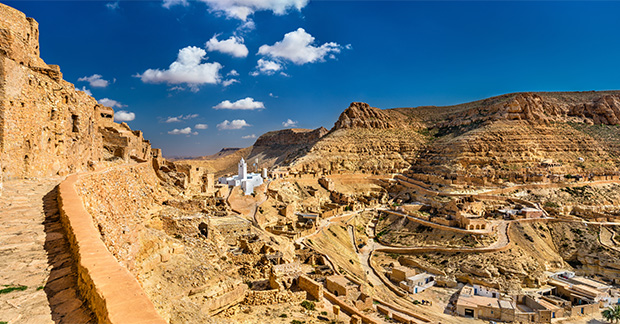
Ask the expert

Sami Tounsi, trade manager, Tunisian National Tourist Office
“Overall, I would strongly recommend that agents either invest a bit of their time and visit Tunisia or refresh their knowledge by visiting our user-friendly website – discovertunisia. uk. We also encourage them to meet with us face to face when we visit their towns and cities as part of the roadshows we are planning to attend in the first half of the year.
We believe Tunisia could be the winning horse for many agents this year due to its proximity to the UK (it’s less than a three-hour flight); its affordability, with many people now watching their pennies; and its position as one of the best Mediterranean destinations for families and couples.”
PICTURES: Shutterstock/posztos, Jess Kraft, maxime57974, Liya_Blumesser, NatalyaBond, Authentic travel, Leonid Andronov, leshiy985; Grauvision/Dreamstime.com
Read more
x.travelweekly.co.uk/destinations/discover-some-of-the-best-new-escorted-touring-product-for-2023">Discover some of the best new escorted touring product for 2023
x.travelweekly.co.uk/destinations/crafts-and-cuisine-a-look-into-ancient-traditions-in-oman">Crafts and cuisine: A look into ancient traditions in Oman
x.travelweekly.co.uk/destinations/natural-beauty-cultural-heritage-the-undiscovered-gem-of-bosnia-and-herzegovina">Natural beauty and cultural heritage: the undiscovered gem of Bosnia and Herzegovina

